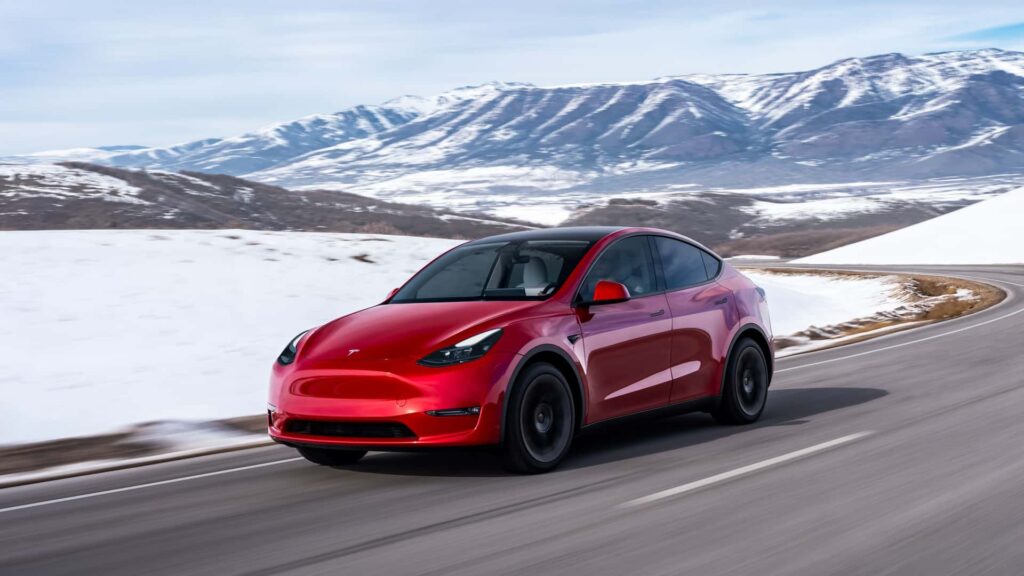Electric vehicles (EVs) are gaining popularity for their eco-friendly nature and cost savings on fuel. However, cold weather can have a significant impact on their performance, especially when it comes to range. In freezing temperatures, EVs with a heat pump can retain 83% of their real-world range on average, while those without a heat pump lose around 25% of their range.
The reason behind this difference lies in the need for more energy to warm the cabin in EVs during cold weather. Unlike internal combustion engine cars, EVs do not generate waste heat that can be used for heating. Therefore, more energy from the high-voltage battery is required to maintain a comfortable temperature inside the vehicle. Additionally, the cold weather affects the flow of electricity through the battery, leading to longer recharge times and reduced power levels.
A recent study by Recurrent analyzed data from over 18,000 EVs in the United States to determine how different models perform in freezing temperatures. The study found that EVs equipped with a heat pump can mitigate range loss by approximately 10% compared to those with a conventional resistance heater. A heat pump works by transferring heat from the outside air and can help maintain a comfortable temperature inside the vehicle more efficiently.
For example, a Tesla Model 3 with a heat pump loses 13% of its real-world range in the cold, while the same model without a heat pump loses 21% of its range. On average, EVs with heat pumps retain 83% of their range in freezing conditions, compared to 75% for those without heat pumps.
The study also provided a comparison of how 20 popular EV models are affected by cold weather, with some outliers performing below expectations despite being equipped with heat pumps. Owners can take steps to minimize range loss during winter, such as pre-heating the cabin while the car is connected to a charger, using heated seats and steering wheel to reduce reliance on the climate control system, and adjusting their expectations for fewer miles between recharges in the winter.
As more people transition to EVs, it’s important to be aware of the challenges they may face in cold weather and how to optimize their driving experience. By following these tips and understanding the impact of cold weather on EV performance, drivers can make the most of their electric vehicles year-round.

